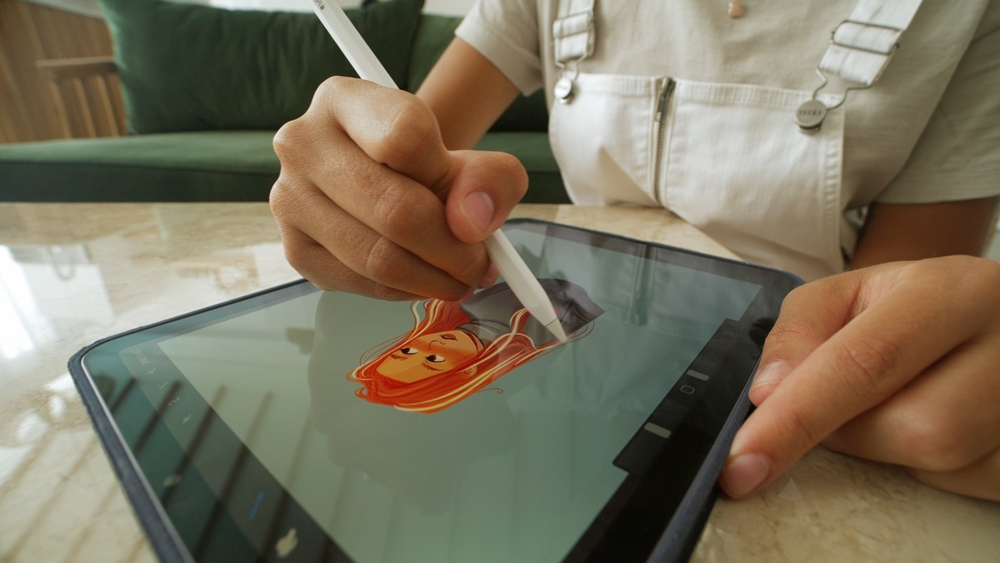Digital Artistry: Shaping the Evolution of Modern Entertainment
Within the diverse landscape of arts and entertainment, a groundbreaking force is revolutionizing the industry. Digital Artistry, the fusion of technology and creative expression, is shaping the future of entertainment, challenging traditional norms, and offering audiences an immersive, interactive, and innovative experience.

Digital Artistry: An Overview
Digital Artistry is a contemporary artistic practice that utilizes digital technology as an essential part of the creative process. Emerged in the late 20th century, it was born from the intersection of technology and art, creating a unique platform for artists to experiment, innovate, and communicate their ideas in a new, exciting format. From digital painting and sculpture to animation and interactive installations, this movement has redefined how we perceive and interact with art.
The Dawn of Digital Artistry
The roots of Digital Artistry can be traced back to the mid-20th century when artists began to experiment with the potential of computer technology. Early pioneers like Michael Noll and Frieder Nake started generating algorithmic art in the 1960s, laying the groundwork for future digital artists. With the advent of more sophisticated software and hardware in the late 80s and early 90s, digital artistry began to flourish, paving the way for an entirely new genre of art and entertainment.
Digital Artistry Today: Breaking New Ground
Today, Digital Artistry is at the forefront of the entertainment industry. It is changing the way we consume art and entertainment, from movies and music to video games and virtual reality experiences. Digital artists are leveraging advanced tools and technologies to create immersive, interactive experiences that blur the lines between reality and fantasy. Recent developments include the use of AI in creating art, virtual reality art installations, and the explosion of digital art in the realm of NFTs.
Impact and Significance of Digital Artistry
Digital Artistry’s impact on the entertainment industry is profound. It has enabled artists to break free from traditional constraints, allowing them to create artwork that is dynamic, interactive, and ever-evolving. Moreover, it has democratized art, making it more accessible to a wider audience. Furthermore, it has opened up new avenues for revenue and recognition for artists through digital art marketplaces and NFTs.
The Reception and Future of Digital Artistry
The reception of Digital Artistry has been mixed. While some critics argue that it lacks the ‘human touch’ inherent in traditional art forms, others laud its innovative approach and the endless possibilities it offers. As for the future, one thing is certain: Digital Artistry will continue to evolve and influence the landscape of the arts and entertainment industry. With advancements in technology such as AI, AR, and VR, the potential for growth and innovation in digital artistry is limitless.
In conclusion, Digital Artistry is a revolutionary movement that is reshaping the arts and entertainment industry. Its influence is far-reaching, challenging traditional norms and offering audiences a new, immersive way of experiencing art. As technology continues to evolve, so too will digital artistry, opening up exciting new possibilities for artistic expression and audience engagement.




